Minn. R. ch 7849 & 7850 Rulemaking? DEAD!
March 1st, 2022
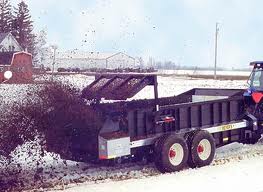
Over nine years, and how many of those years going to St. Paul for meetings, how many hours of editing and commenting, of group meetings to go over changes, proposed suggestions, meaningful public participation…

Well, here’s the Minnesota Public FUtilities Commission in action:


TODAY! 6 p.m. – Dry Cask SEIS Mgt
February 16th, 2022

In-person meeting tonight — MASK UP!
READ THE DRAFT SUPPLEMENTAL ENVIRONMENTAL IMPACT STATEMENT AND REGISTER YOUR THOUGHTS!
Xcel still has not disclosed what cask they plan to use. They also have said they don’t need a NRC license amendment, but the Xcel testimony in the rate case says otherwise. See p. 56-58:
Be there, or be square!
Prairie Island dry cask Supplemental EIS is out
February 1st, 2022
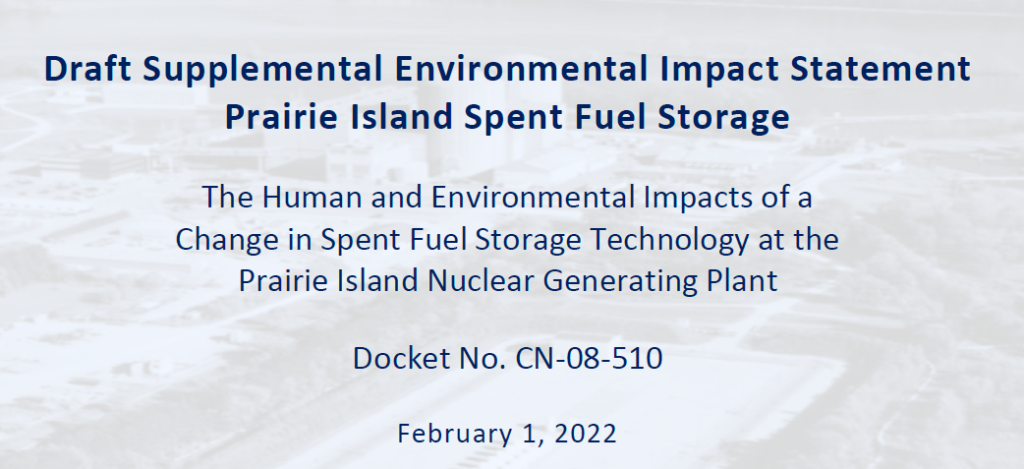
Dept. of Commerce – EERA announces release of the Supplemental Environmental Impact Statement for Xcel’s proposal to change storage casks (to what? Who knows, Xcel ain’t sayin’), and two meetings for comment.
In person meeting? MASK UP!!!

And here’s the SEIS:
Here’s the poop on comments:
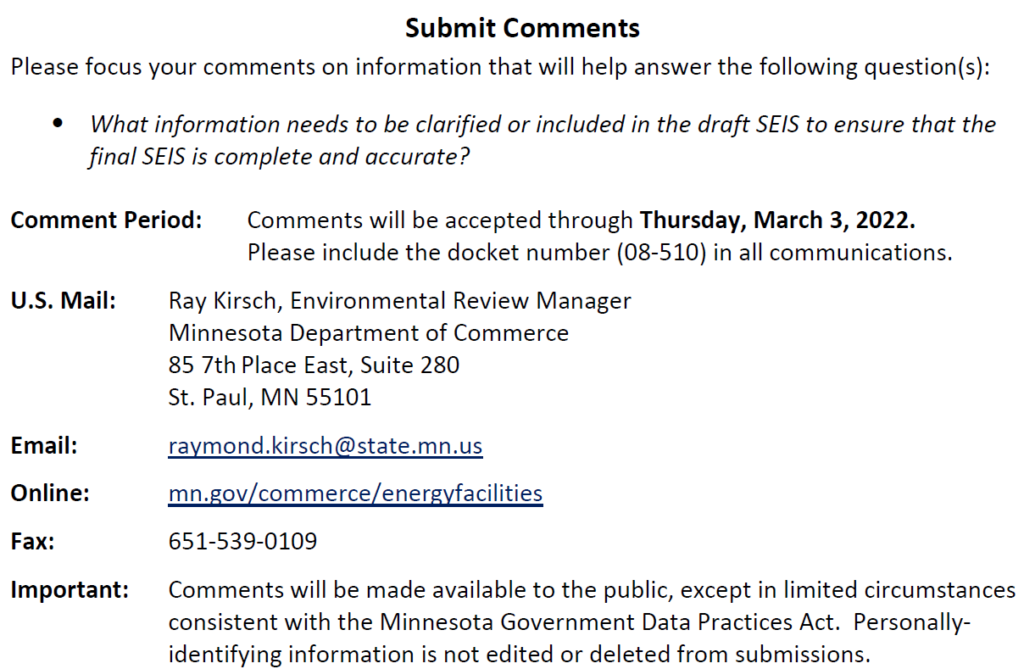
Get to work, the SEIS is 132 pages, but in format-lite!
FYI, Xcel’s “plan” is linked here:
Change in Prairie Island nuclear casks?
PPSA Annual Hrg – TOMORROW!
December 19th, 2021

And AGAIN! It’s the Power Plant Siting Act Annual Hearing! You can attend in person, MASKED, or via webex or phone. Primary documents are posted below.
December 20, 2021 @ 9:30
PUC Large Meeting Room
121 – 7th Place East – 3rd Floor
St. Paul, MN
Comments? BE SURE TO NOTE DOCKET NUMBER FOR COMMENTS:
PUC Docket E999/PR-21-18 & OAH Docket 65-2500-37832
Written comments will be accepted through January 10, 2022, by 4:30 p.m.

Note notice only to those “who have requested notice” above? Nope, notice should be to all who are on service and project lists for projects active in the calendar year. Thankfully EERA does give notice to a lot more than just those “who have requested notice” (see “Notice & Service Lists” link posted above).
From the EQB Monitor:

Here are the projects EERA’s Summary says were approved — note that for wind it does NOT list applicable parts of 216E, such as Minn. Stat. 216E.03, Subd. 7!

Meanwhile, the update of rules for PPSA siting, Minn. R. ch. 7850, is stalled out again, WITHDRAWN by the PUC last Thursday, supposedly based on many comments made over the last few weeks by a bunch of people and orgs who were utterly absent through the NINE YEARS of this rulemaking proceeding. My grits are FRIED! The PUC Agenda Item starts at the very end of the meeting, and note the bogus statements about the “why” of this rulemaking. Let’s be clear here — it’s due to the 2005 legislative changes, SIXTEEN YEARS AGO. See PUC Docket R-12-1246. Good grief… Discussion starts at 2:48:28:

Freeborn Wind Noise Again!
November 9th, 2021
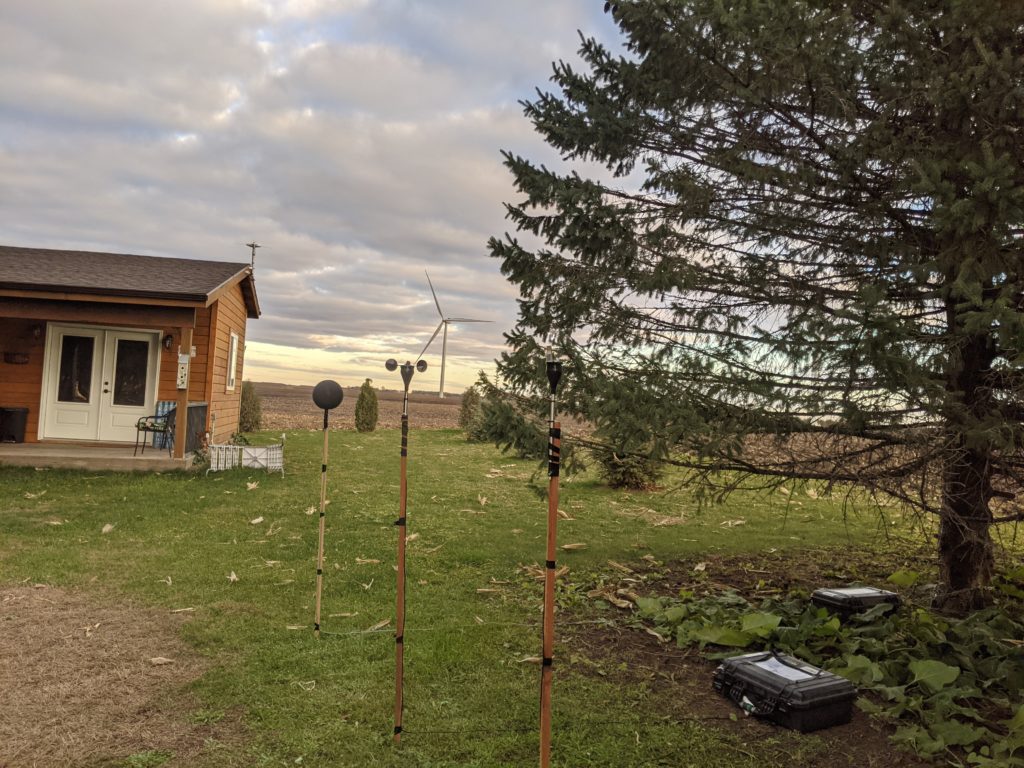
The Xcel Energy Freeborn Wind post-construction noise modeling equipment is up, this time at the tree line, not behind it.
Just filed today at the Public Utilities Commission:
Xcel Energy has 14 days to respond, and then off to the Public Utilities Commission for consideration. The Commission needs to take a hard look at what they’re doing, because these wind projects sited without rules and too close to people is harming those living in the project footprint.
Noise remains a problem for those trying to live in the middle of a wind project. No surprise when the owner uses a 0.5 ground factor to model bigger, louder turbines, several hundred feet above the ground (these have rotor diameter of 120 meters, or 393.701 feet!). This has been ongoing for so long, going on 5 years, I find I’m forgetting crucial details. But what’s happened in this docket, and what has happened in other dockets, all adds up, particularly with the Bent Tree noise exceedences demonstrated, and resulting settlements, and the Blazing Star noise issues going on right now.
Noise was a problem in Bent Tree with Vestas V-82 for the Hagens and Langruds.
Bent Tree Noise report confirms permit violations!
Wind turbine noise is a problem for the Blazing Star wind project with these bigger and louder Vestas V-120:
Blazing Star Wind NOISE!
More on Blazing Star noise
Freeborn Wind noise has long been an issue. Noise was a problem when the Freeborn Wind ALJ recommended denial of the permit because they had not demonstrated, using 0.0 ground factor, that they could comply. Yes, do not forget that we won that round, first recommendation of denial of wind permit application ever:
WE WON!!! ALJ Recommend Freeborn Permit be DENIED, or…
So then the PUC changes the rules, moves the goal posts, and allows use of 0.5 ground factor in modeling to predict noise, and don’t forget, these are now Vestas V-120 turbines, bigger and louder.
Freeborn? PUC upends ALJ’s Freeborn Wind Recommendation
Can you spell U-N-D-E-R-E-S-T-I-M-A-T-E ?? GI-GO???
Tried for an Environmental Assessment Worksheet and got the gong:
PUC Freeborn Mtg 2-6-2020
Filed a MERA claim (Minn. Stat. 116B.03) and we were booted out of court:
Association of Freeborn County Landowners v. Public Utilities Commission
And we appealed the Commission’s final decision on Freeborn:
Freeborn Wind appeal – we lose…
We are persistent. The noise numbers are too high, and they’re higher than pre-construction noise modeling predicted. Yeah, well, DOH, using the wrong ground factor.
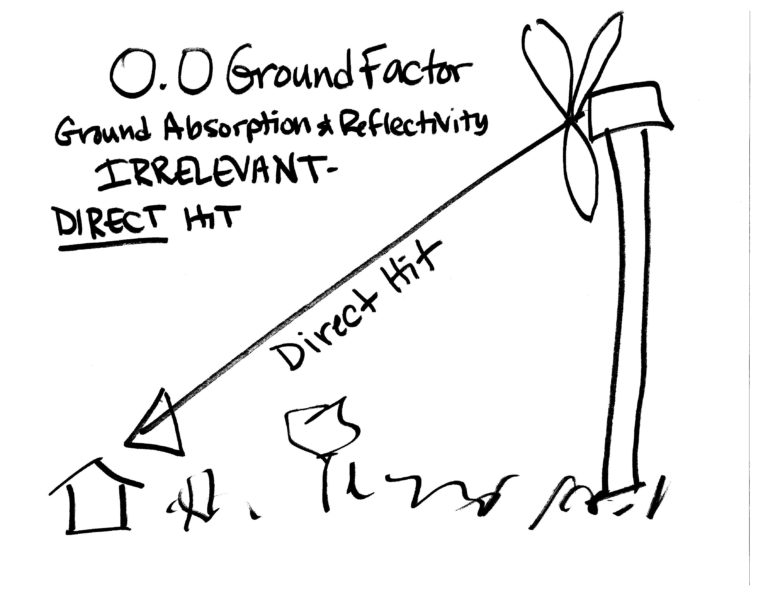
The Commission needs to address this obvious problem and deal with the consequences. Avoidance just doesn’t cut it. This is real, and it’s not going away.
